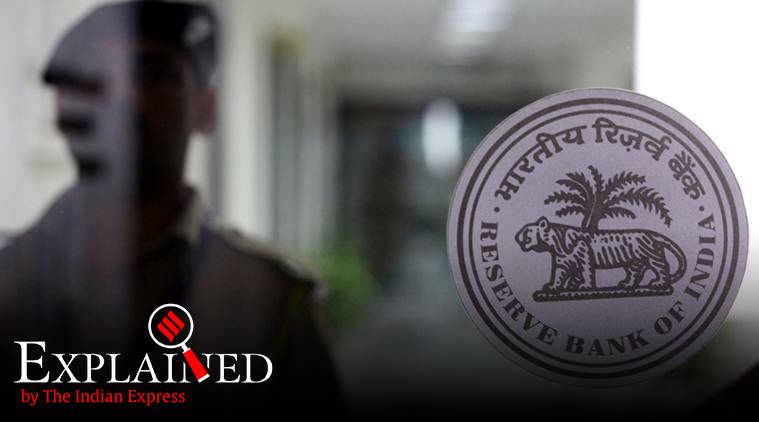Explained: What is RBI’s ‘February 12’ circular that the SC has struck down?
The revised framework for loan resolution, which defined a one-day default norm in line with the Insolvency and Bankruptcy Framework, is commonly referred to as the "February 12 circular".
 The February 12, 2018, notification had replaced all the RBI’s earlier instructions on the resolution of stressed assets.
The February 12, 2018, notification had replaced all the RBI’s earlier instructions on the resolution of stressed assets.
The Supreme Court’s order Tuesday striking down as unconstitutional the Reserve Bank of India’s February 12, 2018 circular on the resolution of stressed assets is a significant victory for power and infrastructure companies.
The judgment is also a big set back for the central bank, which was planning to extend these norms to non-banking finance companies (NBFCs) as well.
The February 12, 2018, notification had replaced all the RBI’s earlier instructions on the resolution of stressed assets with a revised framework that required banks to implement a resolution plan within 180 days, with the lenders being required to file an insolvency application in case of non-implementation.
The revised framework for loan resolution, which defined a one-day default norm in line with the Insolvency and Bankruptcy Framework, is commonly referred to as the “February 12 circular”. All unresolved cases over Rs 2,000 crore are required to be referred for resolution under the IBC.
Around 50 petitions by power, shipping and sugar companies were filed challenging the RBI circular. The Supreme Court had clubbed together these petitions. The total value of loans affected by this circular is estimated at around Rs 3 lakh crore.
The Indian Banks Association had also sought relaxation in these norms from the RBI for infrastructure and power companies.






- 01
- 02
- 03
- 04
- 05
































